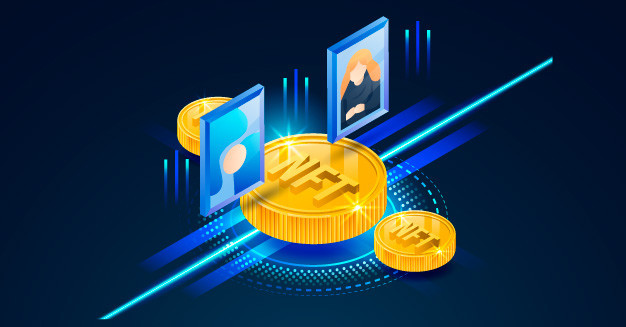views
Imagine ordering a package and receiving it within a few hours—maybe even minutes—without any hiccups or stress. That magic moment when your doorbell rings and your package is waiting? That’s all thanks to last mile delivery technology. In today’s hyper-connected, ultra-fast world, last mile delivery isn't just the final step in the shipping process; it’s the most important step. And the secret weapon behind it all? Cutting-edge technology.
As eCommerce skyrockets, and consumer expectations rise to new heights, businesses are scrambling to make their delivery systems faster, smarter, and more reliable. Traditional shipping models just can't keep up. This is where last mile delivery technology steps in as the game-changer.
This article dives deep into the world of last mile logistics, exploring the innovations driving change, the benefits businesses are reaping, and what the future holds. If you're in logistics, retail, or tech—or if you're just someone who loves getting your stuff on time—this one's for you.
What is Last Mile Delivery?
Last mile delivery refers to the final step of the delivery process—when a package moves from a transportation hub to its final destination, typically the customer’s doorstep. It’s the last leg of the journey, but arguably the most complex and costly.
Think about it. A package can fly halfway across the globe in a few hours, but getting it from the local warehouse to your front porch can take longer than expected. That’s the tricky part. It involves navigating traffic, finding specific addresses, dealing with delivery windows, and sometimes even waiting for someone to answer the door.
This phase might be "last," but it's by no means the least. In fact, it accounts for more than 50% of total shipping costs. And it’s the moment of truth for customer satisfaction—because no matter how fast everything else went, if that final delivery is late or messed up, the entire experience falls apart.
Why the Last Mile Matters in Logistics
Let’s not sugarcoat it—the last mile can make or break a business. We live in the age of Amazon Prime, where two-day shipping is expected, and same-day delivery is becoming the norm. Customers don’t just want fast delivery—they demand it.
Here’s why it matters so much:
- Customer experience: A smooth, on-time delivery leaves a lasting impression.
- Brand loyalty: A poor delivery experience can push customers toward competitors.
- Operational efficiency: Optimizing the last mile reduces waste, saves money, and increases overall productivity.
In the world of logistics, the last mile is where strategy meets execution. It’s not just about dropping off packages—it’s about doing it smartly, quickly, and cost-effectively.
The Challenges of Traditional Last Mile Delivery
Rising Customer Expectations
Customers today are more demanding than ever. They want fast, free, flexible delivery—and they want to track it every step of the way. Meeting those expectations without sacrificing margins? Not so easy.
Gone are the days when a 5–7 business day window was acceptable. Now, if a delivery takes longer than two days, many customers will abandon their cart altogether. Worse, they’ll remember the experience—and not in a good way.
Retailers and logistics providers face enormous pressure to deliver a flawless experience every time. Miss the mark, and you risk losing the sale—and the customer—for good.
Traffic Congestion and Urban Constraints
Try delivering a package in the middle of Manhattan at 5 PM. Or in London’s narrow alleyways. Or in Mumbai during festival season. Urban congestion is one of the biggest obstacles in last mile logistics.
As cities grow denser, and traffic regulations tighter, delivery drivers face:
- Limited parking
- One-way streets
- Noise restrictions
- Delivery time windows
These constraints don’t just cause delays—they eat into profitability. Drivers waste time circling blocks, walking long distances, or even rescheduling deliveries altogether.
Cost Inefficiencies and Delivery Delays
Traditional last mile logistics are riddled with inefficiencies. Think about failed delivery attempts, rerouting, fuel costs, idle time—it all adds up.
Here’s a quick breakdown of why it’s so expensive:
- Labor costs for drivers
- Fuel and vehicle maintenance
- Repeated delivery attempts
- Manual route planning
Without automation and real-time intelligence, companies are essentially flying blind. And the result? Frustrated customers, delayed packages, and ballooning costs.











